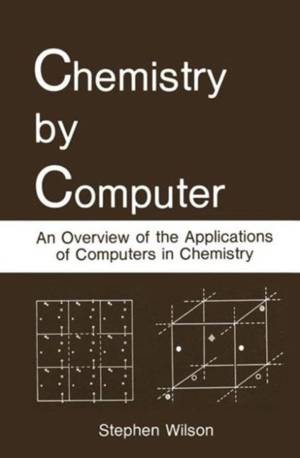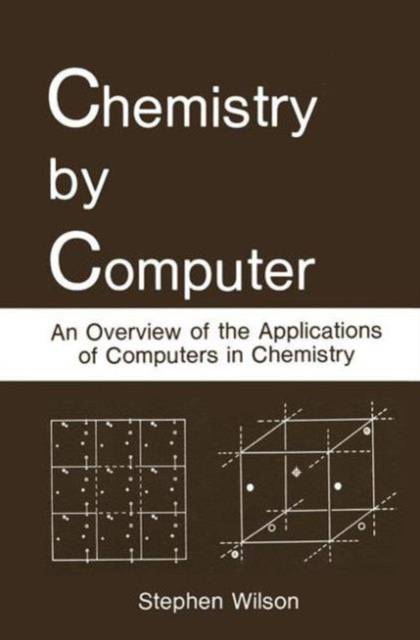
Je cadeautjes zeker op tijd in huis hebben voor de feestdagen? Kom langs in onze winkels en vind het perfecte geschenk!
- Afhalen na 1 uur in een winkel met voorraad
- Gratis thuislevering in België vanaf € 30
- Ruim aanbod met 7 miljoen producten
Je cadeautjes zeker op tijd in huis hebben voor de feestdagen? Kom langs in onze winkels en vind het perfecte geschenk!
- Afhalen na 1 uur in een winkel met voorraad
- Gratis thuislevering in België vanaf € 30
- Ruim aanbod met 7 miljoen producten
Zoeken
€ 139,95
+ 279 punten
Uitvoering
Omschrijving
Computers have been applied to problems in chemistry and the chemical sciences since the dawn of the computer age; however, it is only in the past ten or fifteen years that we have seen the emergence of computational chemistry as a field of research in its own right. Its practitioners, computational chemists, are neither chemists who dabble in computing nor programmers who have an interest in chemistry, but computa- tional scientists whose aim is to solve a wide range of chemical problems using modern computing machines. This book gives a broad overview of the methods and techniques employed by the computational chemist and of the wide range of problems to which he is applying them. It is divided into three parts. The first part records the basics of chemistry and of computational science that are essential to an understanding of the methods of computational chemistry. These methods are described in the second part of the book. In the third part, a survey is given of some areas in which the techniques of computational chemistry are being applied. As a result of the limited space available in a single volume, the areas covered are necessarily selective. Nevertheless, a sufficiently wide range of applications are described to provide the reader with a balanced overview of the many problems being attacked by computational studies in chemistry.
Specificaties
Betrokkenen
- Auteur(s):
- Uitgeverij:
Inhoud
- Aantal bladzijden:
- 246
- Taal:
- Engels
- Reeks:
Eigenschappen
- Productcode (EAN):
- 9780306421525
- Verschijningsdatum:
- 31/10/1986
- Uitvoering:
- Hardcover
- Formaat:
- Genaaid
- Gewicht:
- 479 g

Alleen bij Standaard Boekhandel
+ 279 punten op je klantenkaart van Standaard Boekhandel
Beoordelingen
We publiceren alleen reviews die voldoen aan de voorwaarden voor reviews. Bekijk onze voorwaarden voor reviews.









